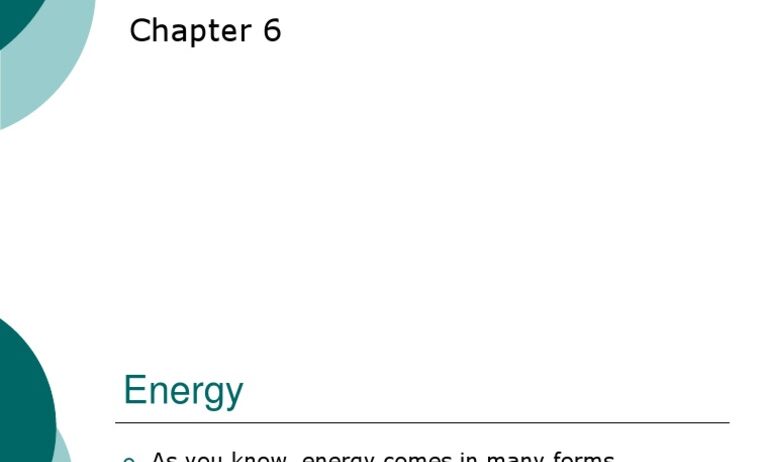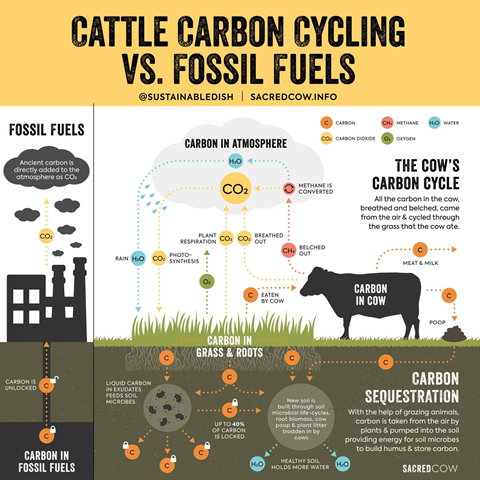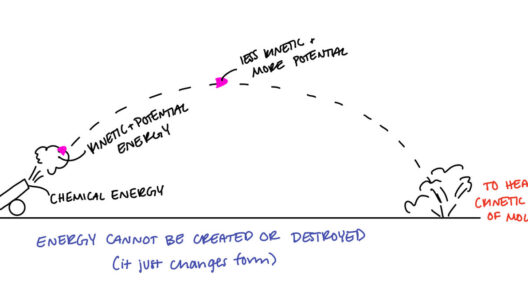Energy conservation, both in the realms of mechanics and quantum theories, serves as the fulcrum of our understanding of the physical universe. At its essence, energy is akin to a river—constantly flowing, ceaselessly changing forms, yet always adhering to the imperceptible laws of conservation. In this intricate tapestry of physics, the notion of energy not only traverses traditional boundaries but also bridges the classical and the quantum, revealing a world where the limitations of our understanding are continually expanded.
In classical mechanics, the conservation of energy is encapsulated in the principle that energy cannot be created nor destroyed; it can only transform from one form to another. This immutable law is reminiscent of a magician deftly performing a sleight of hand. One moment, a pendulum swings, converting kinetic energy into potential energy with every sway. The higher it rises, the more potential energy it accumulates, only to be relinquished once more to kinetic energy as it descends. This cyclical metamorphosis of energy acts like a relentless dance, embodying the essence of conservation—a primordial rhythm in the fabric of nature.
Yet, the exploration of energy conservation delves deeper into the abyss of the quantum realm, where the rules of the game transcend the classical paradigm. Quantum mechanics, with its wave-particle duality, presents a fascinating juxtaposition. Here, particles are not merely entities but dance through probability distributions, enveloped in a shroud of uncertainty. The conservation of energy carries through this mysterious domain, self-evident yet enigmatically profound. The energy of a closed quantum system remains invariant, albeit manifesting in forms that challenge our intuition—particles can be entangled, seemingly instantaneously affecting one another regardless of distance.
The metaphor of a chameleon aptly describes the quantum state of energy conservation. In just a moment, it can change appearance, adopting various forms while retaining its essence. When photons are absorbed by an electron, they elevate it to a higher energy level; yet, as soon as that electron relaxes back down to its original state, the energy is released, often emitted as another photon. This transient yet cyclical nature showcases a universe engaged in perpetual self-renewal, where the fundamental principle of conservation remains steadfast against the ephemeral backdrop of quantum realities.
Consider the implications of these principles: a universe that appears haphazard at its quantum core, yet operates under an overarching symmetry of conservation. This duality invites contemplation on grand scales—from the motion of celestial bodies to the ever-elusive behavior of subatomic particles. The conservation laws inform much of modern physics, guiding cosmological models and advancing technology through the harnessing of energy transformations. As engineers and scientists alike endeavor to innovate, they are often hard-pressed to recollect that they are merely translating nature’s intricate energy dance into practical applications.
Moreover, the notion of conservation extends beyond just the immediate mechanics of energy transfer. In an age beset by climate concerns and resource depletion, understanding energy conservation can serve as a clarion call to action. Harnessing renewable energy sources—solar, wind, and hydro—becomes imperative, mirroring the principles observed in classical and quantum settings. The sun’s energy, captured through photovoltaic cells, exemplifies this transformative energy conservation. Solar energy, immortalized in classical forms, is reengineered within our societal frameworks, aspiring toward a sustainable future.
The allure of energy conservation in both mechanics and quantum theories is not merely academic; it instigates a renaissance of understanding, urging a shift in our perceptions. Envision humanity’s relationship with energy as that of a symbiotic organism—one that thrives on the conservation of resources while enforcing a reciprocity with the planet. This symbiosis illuminates the urgency of preserving energy systems, invoking a collective endeavor rooted in responsibility and respect for nature’s inexhaustible bounty.
As we dissect the complex layers of energy conservation, we come to realize that each manifestation—be it mechanical or quantum—holds a mirror to the principles governing our existence. The very fabric of the cosmos is interlaced with energy conservations, from the grand tapestry of galaxies to the intricate dance of electrons. The unyielding laws that govern these interactions serve not only to illuminate the mechanics behind energy transformations but also to inspire a profound respect for the energy systems that sustain life itself.
In conclusion, exploring the conservation of energy through both classical and quantum lenses reveals a universe punctuated by harmony and complexity. It invites thought, kindles curiosity, and demands an acknowledgment of the delicate balance that exists within our natural world. The imperative to conserve energy transcends mere scientific inquiry; it becomes a philosophy of existence, one that we must embrace as guardians of our planet’s future. As we navigate through the infinite dance of energy, let us heed the lessons embedded within the very laws of nature, pursuing paths that align with the rhythms of conservation and sustain our interconnected existence.








